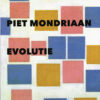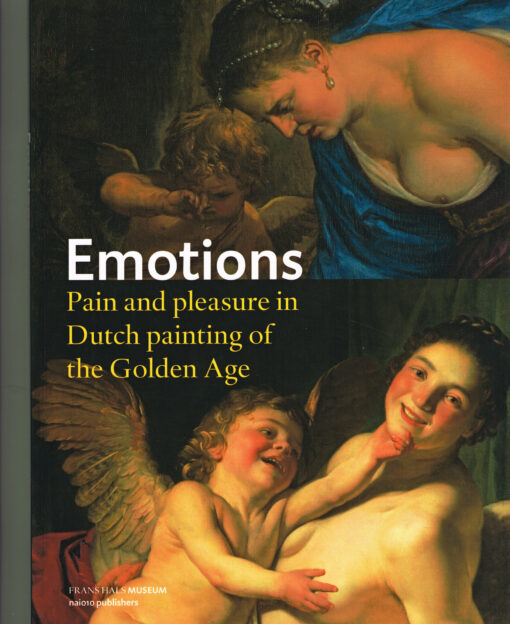Fear, sadness, surprise, anger, lust and love – virtually nothing was more important in the paintings of the Golden Age than convincingly depicting human emotions. In this publication, the Frans Hals Museum and Rembrandt expert Gary Schwartz present a selection of masterpieces in which these emotions are sublimely portrayed.
Gerelateerde producten
kunst
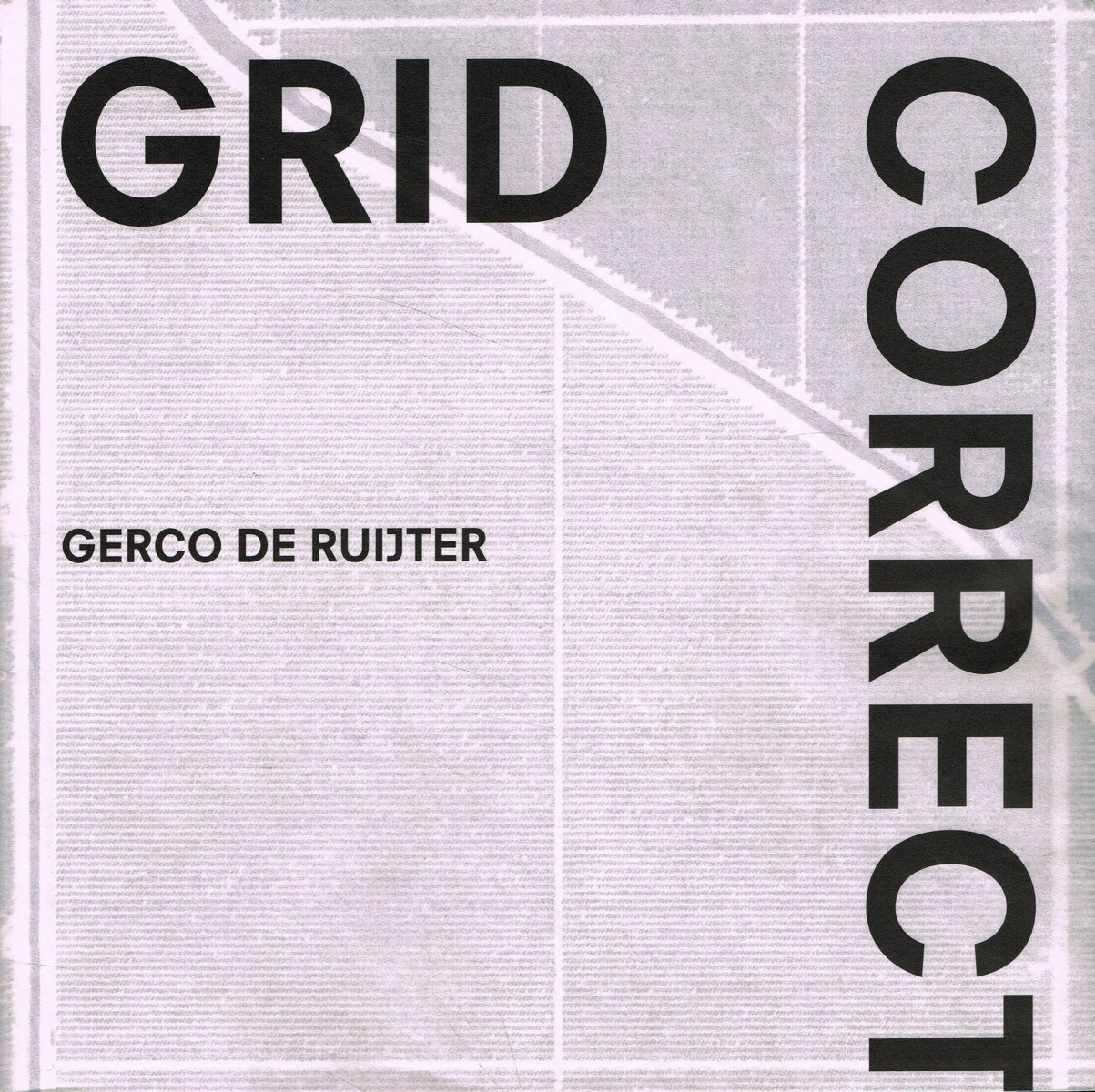
Gerco de Ruijter
Grid Corrections
For English please see below Het Public Land Survey System, ofwel het Jefferson Grid, is het systeem waarmee landmeters eind achttiende eeuw het midden en Westen van de Verenigde Staten in keurige vierkanten verdeelden van exact één bij één mijl. Maar omdat de aarde rond is, liepen de lijnen naar het noorden taps toe. Daarom moest het raster gecorrigeerd worden: grid corrections brachten om de 20 mijl theorie en praktijk weer bij elkaar. Toen vlieger- en luchtfotograaf Gerco de Ruijter tijdens een residentie in Wichita (Kansas) in 2016 over deze kaarsrechte stofwegen reed, kwam hij ze tegen: kleine knikjes en T-kruisingen in het verder volkomen geometrische wegennet. Doordat de verspringingen in het raster steeds variëren, ontstaat een veelvormige en dynamische reeks van beelden die vervreemdt en verwondert. De Ruijter speurde met behulp van Google Earth duizenden van deze correcties op: ondergesneeuwd of uitgedroogd, in steden en woestijnen, door alle seizoenen heen. 'Grid Correct' toont een selectie van ruim 250 van deze grid corrections, gekozen en vormgegeven door Gerco de Ruijter en grafisch vormgever Irma Boom. Begeleid door een tekst van schrijver Peter Delpeut vormt dit bijzonder vormgegeven boek een kunstwerk en monument ineen, getuigenis van de menselijke drang om het landschap in te richten en de vele manieren waarop de natuur daarop reageert. -- The Public Land Survey System or Jefferson Grid is the system with which surveyors divided the middle and west of the United States into neat squares of exactly one by one mile in the late eighteenth century. But because the earth is round, the lines tapered to the north. Therefore the grid had to be corrected: every 20 miles, grid corrections brought theory and practice back together. When pilot and aerial photographer Gerco de Ruijter drove along these dead straight dust roads during a residency in Wichita (Kansas) in 2016, he came across them: small bends and T-junctions in an otherwise completely geometric road network. The grid corrections are all different and therefore create a multiform and dynamic series of images that alienates and amazes. With the help of Google Earth, De Ruijter looked up thousands of these corrections: snowed under or dried up, in cities and in deserts, throughout the seasons. 'Grid Correct' presents a selection of over 150 grid corrections, selected and designed by Gerco de Ruijter and graphic designer Irma Boom. Accompanied by a text by writer Peter Delpeut, this exceptionally designed book is a work of art and monument in one, a testimony to the human urge to design the landscape and the many ways in which nature responds to that urge. Tweetalig boek Engels en Nederlands nai010pap - 452 blz
kunst
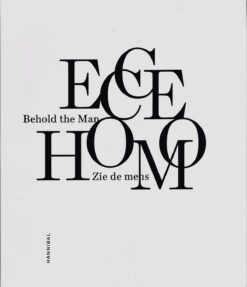
Ecce Homo
'Ecce Homo' explores the age-old theme of the suffering Christ in a broad sense within contemporary art in Belgium. We live in an era in which humanity and mankind are violated on different levels; more and more, we are confronted by essential differences in the development and freedom of people in various parts of the world. This exhibition wants to show how artists approach la condition humaine in the context of today's world. Ecce Homo examines all aspects of the image of man, including both his grandeur and his vulnerability. This publication is the catalogue for the ambitious exhibition Ecce Homo. Behold the Man, in which works by 63 artists are shown at nine locations across the historic centre of Antwerp, including the Maagdenhuis and the Museum Mayer van den Bergh. These contemporary artworks set up a dialogue with the inspiring surroundings in which they are installed and also with the creations of the Old Masters. Hannibalpap - 160 blz
kunst

Power & Other Things
The project takes its name from the demand for the transfer of power and other things to the newly independent Indonesia in 1945. It travels through time, from European colonial occupation through the development of the republican state to the trans-national contemporary cultures of today. It looks at the various international exchanges that happened in the territories of contemporary Indonesia, through the images and ideas of artists. These exchanges were of different kinds: trade, culture, religion, ideology and war. They produced a variety of results: violence, oppression, racism, creativity, spiritual awakening, and other things. The ideologies and challenges of modernity are common ways in which Indonesia has been depicted by others and has defined itself over the period. As this modern period recedes into history, the project will seek ways to remember how it has influenced contemporary understanding and ask the current generation of artists to look back in order to rewrite the past and potentially create the conditions for a different future. The catalogue and the exhibition will follow a broad chronological narrative, allowing readers and visitors to learn more about how this huge archipelago has changed over the past two centuries and to observe how it has responded and adapted to influences originating from both inside and outside the islands. The influence of the imperial Dutch and Japanese occupations naturally form a significant element in the narrative of the exhibition as does the constant struggle for different forms of independence or equal treatment by the Javanese and other Indonesian cultures. The importance of Chinese and Arab influence on Indonesia's cultural history will also feature as the exhibition tries to look for alternative ways, alongside the post-colonial, for understanding the present. The presentations will include work made during the residencies as well as new commissions. Snoeckpap - 127 blz
gezondheid
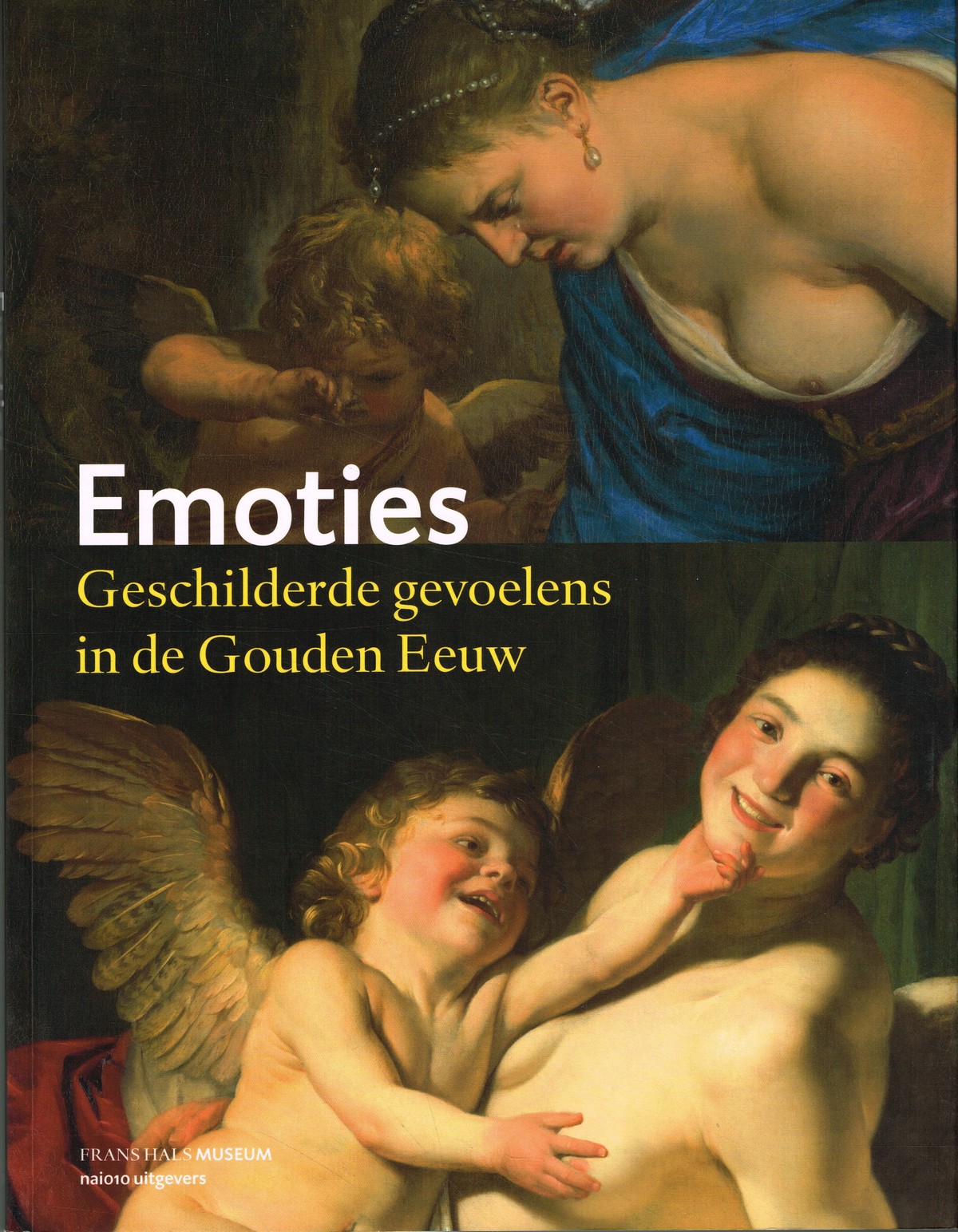
Gary Schwartz
Emoties
Angst, verdriet, verbazing, woede, lust en liefde - vrijwel niets was in de schilderkunst van de Gouden Eeuw belangrijker dan het overtuigend in beeld brengen van menselijke emoties. In deze publicatie presenteren het Frans Hals Museum en Rembrandtkenner Gary Schwartz een keur aan meesterwerken waarin deze emoties subliem verbeeld worden. Volgens zeventiende-eeuwse kenners was de schoonheid van een schilderij niet half zo belangrijk als de hartstochten die erin te zien waren, dat was de 'ziel' van het werk. Schilders als Rembrandt, Frans Hals, Maerten van Heemskerck en Cornelis van Haarlem waren meesters in het verbeelden van uiteenlopende emoties. Wetenschapsfilosoof Machiel Keestra licht vanuit de psychologie en hersenwetenschap toe waarom geschilderde emoties ons ook nu nog blijven fascineren en verwonderen nai010pap - 152 blz
